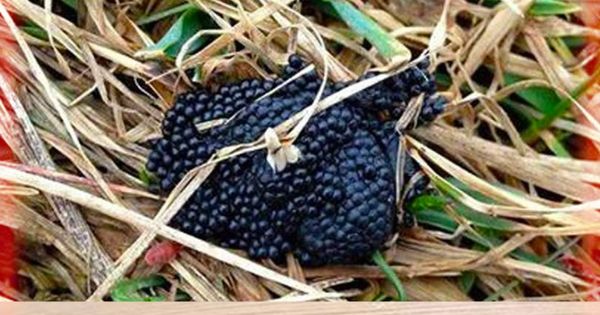
Ticks and their eggs can be a serious concern when they invade your backyard. Not only can ticks carry dangerous diseases, but their eggs can also lead to infestations. This comprehensive guide is designed to provide you, our valued readers aged between 45-65 years old, with essential knowledge and tips on how to identify, handle, and prevent tick eggs effectively.
Identification of Tick Eggs
Tick eggs are tiny, measuring about 0.5 mm in diameter, which is about the size of a poppy seed. They are usually oval or pear-shaped and have a translucent or slightly whitish appearance. However, the appearance of tick eggs may vary slightly depending on the tick species. These eggs are often found in clusters and attached to vegetation, leaf litter, or other surfaces near the ground. As the eggs mature, they may become more opaque and take on a color closer to that of an adult tick. They have a smooth and glossy texture and can range in color from pale yellow to light brown.
The Dangers of Tick Eggs
The main concern with tick eggs is the potential for them to hatch into larvae that can carry diseases such as Lyme disease and Rocky Mountain Spotted Fever. It is crucial to handle tick eggs with caution to prevent the spread of these diseases.
Removal and Disposal of Tick Eggs
When dealing with tick eggs in your backyard, it is highly recommended to seek guidance from a professional pest control expert or a veterinarian for proper identification, control, and removal of ticks. If you find an individual tick that has attached to your skin, use fine-tipped tweezers to grab the tick firmly near its head or mouth and pull it away from the skin without jerking or twisting. After removal, dispose of the tick by putting it in alcohol, a sealed bag, or flushing it down the toilet.
Preventive Measures in Your Backyard
Taking preventive measures in your backyard can help reduce the risk of tick infestations. Here are some important steps you can take:
1. Remove Deer-Attracting Plants: Deer ticks, which are responsible for spreading Lyme disease, are attracted to plants like tulips, hostas, and azaleas. By eliminating these plants, you can deter deer ticks from your backyard.
2. Introduce Tick-Repelling Plants: Planting herbs such as mint and rosemary, and flowers such as chrysanthemums, can help keep ticks away. These plants act as natural repellents and create an unfavorable environment for ticks.
3. Regular Lawn Maintenance: Keeping your lawn mowed and reducing heavy brush and ground cover can help reduce tick habitats in your backyard. Ticks prefer tall grass and dense vegetation, so maintaining a well-manicured lawn can make your yard less attractive to them.
4. Manage Woodpiles and Debris: Ticks lay their eggs in dark and moist places, making woodpiles and debris potential breeding grounds. Elevate woodpiles off the ground and keep them away from your house to discourage ticks from laying their eggs there.
5. Discourage Small Host Animals: Maintaining stonewalls and avoiding the use of bird feeders that can attract rodents can help reduce the presence of small host animals that commonly carry ticks. By minimizing the presence of these animals, you can decrease the risk of ticks entering your yard.
6. Use Natural Tick Repellents: Essential oils such as cedarwood, neem, and citronella, as well as diatomaceous earth, can be effective natural repellents against ticks. Consider using these repellents in areas where ticks are likely to be found.
7. Employ Tick Tubes: Tick tubes are tools that can kill ticks and prevent disease without the need for spraying chemicals. These tubes contain treated materials that mice take back to their nests. The treated materials eliminate ticks that feed on the mice, interrupting the tick life cycle.
8. Incorporate Rough Textures: Using lava rock or pebble mulch in garden beds can make the area less hospitable for ticks. Ticks prefer smooth surfaces, so using rough textures can deter them from hiding in your garden.
9. Create Lawn-Free Zones: Incorporating hardscaping features, such as patios or walkways, can create lawn-free zones in your yard. Ticks are less likely to inhabit these areas, reducing the risk of tick encounters.
10. Apply Insecticides Carefully: If necessary, use insecticides such as synthetic pyrethroids or natural alternatives like cedar oil. Follow the instructions carefully and apply them only in areas where tick populations are high. Be cautious to avoid excessive use of harsh chemicals.
By following these preventive measures, you can minimize the presence of ticks and reduce the risk of infestations in your backyard. Your health and the well-being of your loved ones are our top priorities, and we hope this comprehensive guide has provided you with valuable information to tackle tick eggs effectively.



